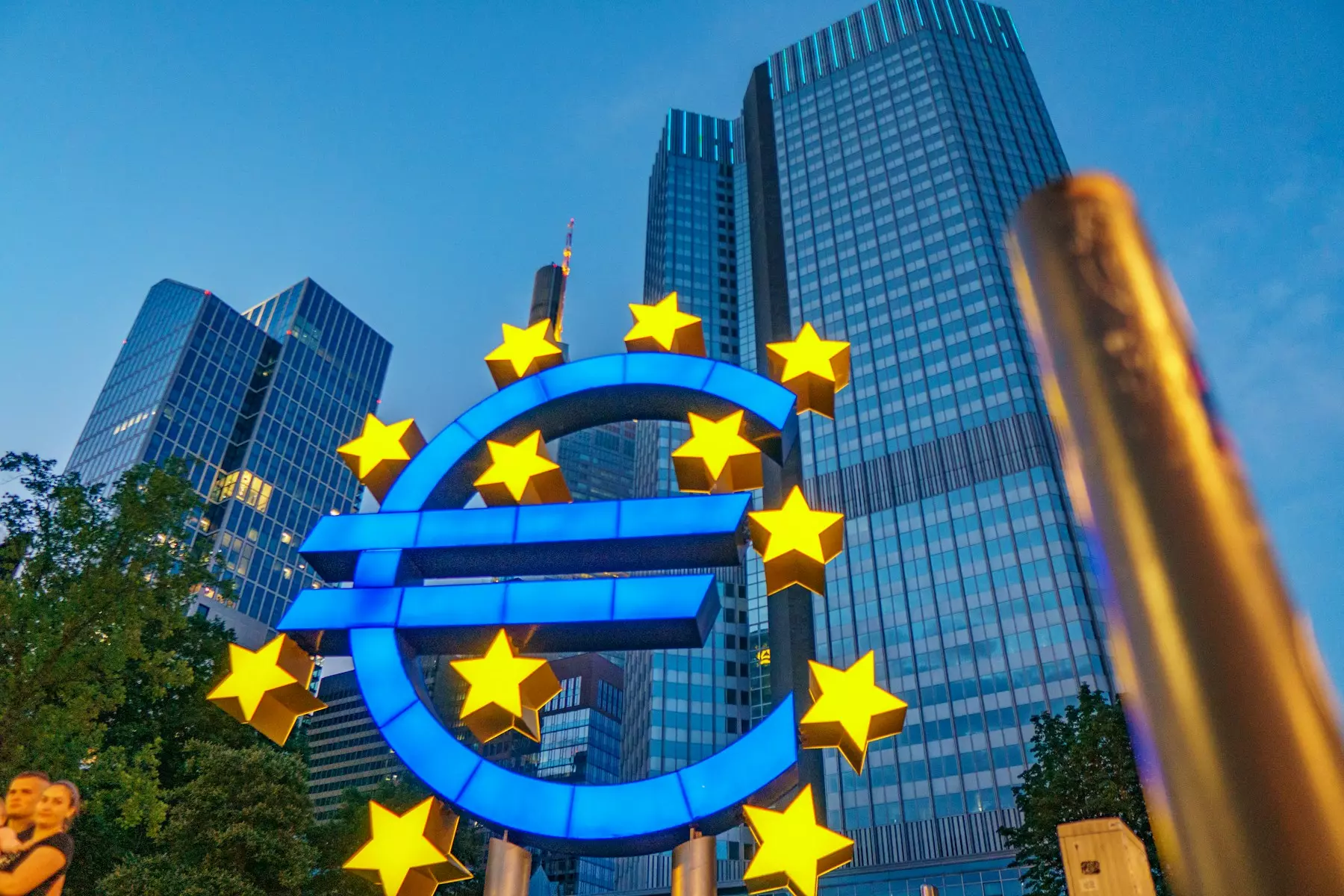The European real estate sector continues to demonstrate resilience amid a complex macroeconomic landscape, with the Q2 2025 market revealing nuanced shifts in financing dynamics, investor sentiment, and regulatory frameworks. As seasoned professionals in the industry, understanding these evolving trends is crucial for making informed decisions and capitalizing on emerging opportunities. Drawing insights from the latest White & Case market update, this article offers a comprehensive analysis of the current state of European real estate finance, contextualized within broader economic and geopolitical developments.
Get one year Free Listings!
Subscribe to our newsletter and get 1 year listings + XML imports for free and enjoy a 100% discount on all listing placement packages, no strings attached!

Key Trends Shaping the European Real Estate Finance Landscape
1. Stabilization of Capital Markets and Lending Activity
After a period of volatility driven by geopolitical tensions and inflationary pressures, European real estate financing has shown signs of stabilization in Q2 2025. Banks and alternative lenders are gradually restoring confidence, leading to increased lending volumes, particularly in core markets such as Germany, France, and the UK. The report indicates a modest uptick in loan origination, driven by a renewed appetite for prime assets and a cautious approach to risk management.
2. Shift Toward Sustainable and Green Financing
Sustainability remains at the forefront of European real estate finance. Lenders are increasingly incorporating ESG criteria into their underwriting processes, with green loans and sustainability-linked financing gaining prominence. This shift aligns with the European Union’s ambitious climate goals and regulatory mandates, encouraging developers and investors to prioritize environmentally sustainable projects. Notably, the market is witnessing a rise in green bond issuance and dedicated funds targeting ESG-compliant assets.
3. Evolving Regulatory Environment and Its Impact
The regulatory landscape continues to evolve, with new directives aimed at enhancing transparency, risk assessment, and investor protection. The implementation of the EU Sustainable Finance Disclosure Regulation (SFDR) and the Capital Requirements Directive (CRD) has prompted lenders to adapt their risk models and disclosure practices. While these measures bolster market integrity, they also introduce compliance complexities that require strategic navigation by market participants.
4. Technological Innovation and Digital Transformation
Technological advancements are transforming the way real estate finance is conducted. Digital platforms facilitate faster transaction processing, enhanced data analytics improve risk assessment, and blockchain technology offers potential for increased transparency and efficiency. The integration of PropTech solutions is expected to accelerate, providing competitive advantages for early adopters in the European market.
Emerging Challenges and Strategic Considerations
1. Rising Interest Rates and Cost of Capital
Global monetary policy tightening has led to rising interest rates across Europe, impacting the cost of debt for real estate projects. While prime assets remain attractive, the increased borrowing costs necessitate careful financial structuring and risk mitigation strategies. Investors should consider fixed-rate financing options and explore alternative funding sources to hedge against rate volatility.
2. Market Fragmentation and Regional Disparities
European markets exhibit significant regional disparities, with some countries experiencing more robust recovery than others. Political stability, economic growth rates, and local regulatory environments influence these variations. For investors and lenders, a nuanced understanding of regional dynamics is essential to identify resilient markets and avoid overexposure to less stable jurisdictions.
3. Supply Chain and Construction Cost Pressures
Supply chain disruptions and rising construction costs continue to challenge development timelines and project viability. These factors underscore the importance of strategic planning, robust supply chain management, and flexible project financing structures to mitigate delays and cost overruns.
Opportunities for Investors and Lenders in Q2 2025
1. Focus on Core and Value-Add Assets
Core assets in prime locations remain a safe haven amid market uncertainties, offering stable income streams and lower risk profiles. Simultaneously, value-add opportunities in secondary markets or underperforming assets present attractive upside potential for investors willing to undertake active management and repositioning strategies.
2. Embracing ESG and Green Finance
Aligning investment strategies with ESG principles not only meets regulatory requirements but also enhances asset value and attractiveness to tenants. Green financing options are becoming more accessible, providing favorable terms for sustainable projects.
3. Leveraging Technology for Competitive Advantage
Adopting PropTech solutions can streamline due diligence, improve portfolio management, and facilitate innovative financing structures. Embracing digital transformation is increasingly vital for staying ahead in a competitive landscape.
Conclusion: Navigating the Future of European Real Estate Finance
The European real estate finance market in Q2 2025 presents a landscape of cautious optimism, driven by stabilization efforts, regulatory evolution, and technological innovation. While challenges such as rising interest rates and regional disparities persist, strategic positioning—focused on sustainability, technological adoption, and risk-aware investment—can unlock significant value.
As industry professionals, staying abreast of these trends and adapting strategies accordingly is essential. Whether you are considering new acquisitions, refinancing existing assets, or exploring green finance opportunities, now is the time to leverage insights and build resilient portfolios that thrive in an ever-changing environment.






Join The Discussion